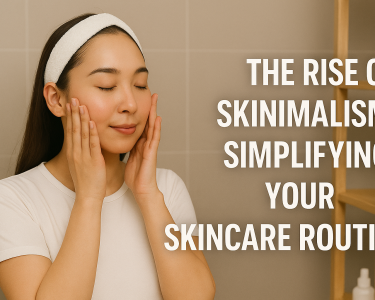Introduction:
In a world filled with diverse cultures, it is fascinating to explore how aesthetic judgments are shaped by a myriad of factors, ranging from cultural norms to individual preferences. In this in-depth exploration, we delve into the complex interplay between society, culture, and personal taste, unraveling the factors that influence our aesthetic judgments and challenging the notion of universality in beauty.
The Impact of Cultural Norms:
Cultural norms play a significant role in shaping our aesthetic judgments. We examine how different societies and cultural traditions have distinct ideals of beauty, from facial features to body proportions. Through interviews with cultural experts and scholars, we gain insights into the historical, social, and artistic influences that have shaped these beauty standards across various cultures.
The Role of Media and Advertising:
In the age of mass media and advertising, the influence of popular culture on our aesthetic judgments cannot be overlooked. We investigate how media images and advertising campaigns promote certain beauty ideals and perpetuate narrow standards of attractiveness. We also explore the impact of airbrushing and digital manipulation, which create unrealistic expectations and contribute to body dissatisfaction.
Psychological Perspectives on Aesthetic Judgments:
The field of psychology provides valuable insights into the factors that shape our aesthetic judgments. We delve into cognitive processes, such as the mere exposure effect and the halo effect, that influence our perception of beauty. We also examine the role of social comparison and the psychological impact of conformity to societal beauty norms.
The Power of Individual Preferences:
While cultural norms and societal influences hold sway over our aesthetic judgments, personal preferences also play a significant role. We explore the unique tastes and preferences of individuals, shedding light on the subjective nature of beauty. Through interviews with artists, designers, and experts in the field, we gain an understanding of how personal experiences and individual perspectives shape aesthetic judgments.
Challenging Universality in Beauty:
The notion of universal beauty has long been debated. We challenge the idea that there is a singular, universally accepted standard of beauty by highlighting the diversity of aesthetics across different cultures and individuals. We showcase examples of beauty that defy conventional norms, celebrating the power of individual expression and the beauty found in embracing uniqueness.
The Evolution of Aesthetic Judgments:
Aesthetic judgments are not static but evolve over time. We trace the historical shifts in beauty standards and explore the factors that drive these changes. From the Renaissance era to contemporary times, we examine how societal, cultural, and artistic movements have influenced and redefined our notions of beauty.
Conclusion:
Our aesthetic judgments are shaped by a complex interplay of factors, including cultural norms, media influences, psychological processes, and individual preferences. By examining these factors, we challenge the notion of universality in beauty and embrace the richness of diversity in aesthetic judgments. From cultural traditions to personal tastes, our understanding of beauty is a tapestry woven with intricate threads. By recognizing and appreciating the complexities that shape our aesthetic judgments, we open ourselves to a more inclusive and enlightened perception of beauty.




